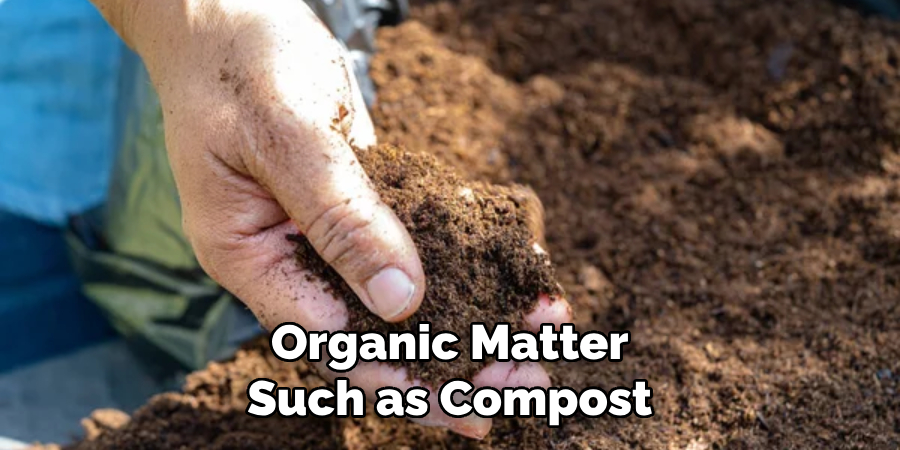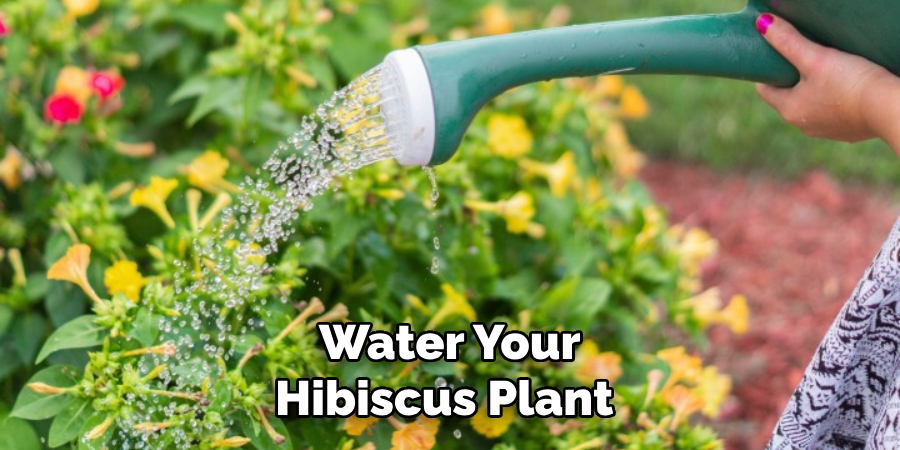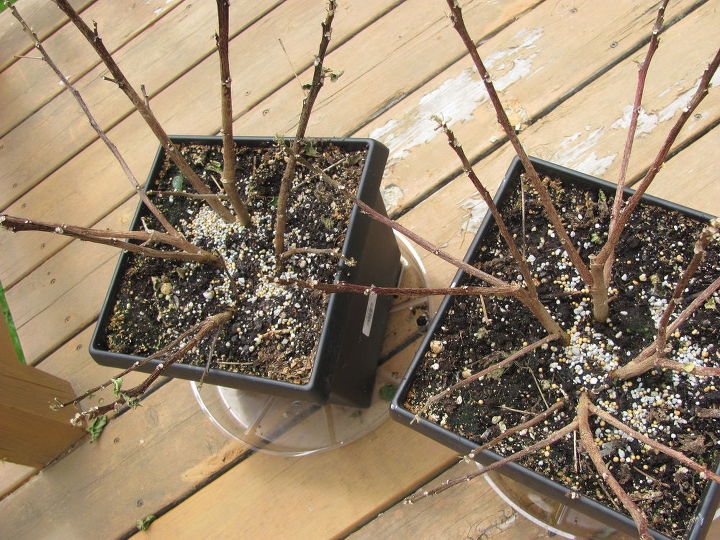To revive a hibiscus plant, ensure it receives sufficient sunlight, water it regularly, and use well-draining soil. Additionally, prune dead or damaged branches and provide the necessary nutrients through fertilization.
Hibiscus plants are known for their vibrant and beautiful flowers, but sometimes they can become unhealthy or wilted. If you’re wondering how to revive a hibiscus plant, proper care and attention are essential. By following a few simple steps, you can bring your hibiscus back to life and enjoy its stunning blooms once again.
Firstly, make sure your hibiscus plant is receiving enough sunlight. Hibiscus plants thrive in bright, indirect sunlight. Place your plant in an area where it can receive at least six hours of sunlight each day. Regular watering is also crucial for reviving a hibiscus plant. Keep the soil evenly moist but avoid overwatering, as this can lead to root rot. Water your hibiscus thoroughly, allowing excess water to drain out of the pot. Using well-draining soil is important for hibiscus plants. Ensure the soil has good drainage to prevent waterlogged roots. You can mix in some organic matter or perlite to improve the soil’s drainage and aeration. In addition to proper sunlight and watering, regularly pruning your hibiscus plant can help revive it.
Remove any dead or damaged branches, as well as any crossed or crowded stems. Pruning encourages new growth and helps the plant focus its energy on healthier parts. Fertilize your hibiscus plant regularly to provide it with the necessary nutrients. Choose a balanced fertilizer specifically formulated for hibiscus plants and follow the package instructions for application rates. Fertilizing every two to four weeks during the growing season can help your plant regain its strength and produce vibrant flowers. Reviving a hibiscus plant involves providing adequate sunlight, regular watering, well-draining soil, pruning, and fertilization. With proper care and attention, your hibiscus plant can bounce back to its full glory and reward you with its beautiful blooms.

Credit: www.youtube.com
How to Revive a Hibiscus Plant: Step by Step Guide
Understanding Common Hibiscus Plant Problems
Understanding the common signs of a struggling hibiscus plant is crucial in identifying the causes of its decline. Diagnosis before attempting to revive the plant is of utmost importance. By observing the leaves, flowers, and overall appearance, you can determine if the hibiscus is experiencing issues such as yellowing leaves, stunted growth, or root rot.
Factors like inadequate watering, improper soil conditions, pests, or disease could be the culprits behind the plant’s decline. Once you have identified the problem, you can take appropriate measures to revive the hibiscus. This may include adjusting the watering schedule, repotting in a well-draining soil mix, providing adequate nutrients, and controlling pests.
With patience and proper care, your hibiscus plant can be brought back to its vibrant and flourishing state.
Preparation For Revival: Essential Steps For Success
Reviving a hibiscus plant requires a few essential steps for success. Firstly, evaluate the plant’s location and ensure it receives adequate sunlight exposure. Secondly, master proper watering techniques, as hibiscus plants crave moisture but are sensitive to overwatering. Perform a soil test to determine any nutritional deficiencies and fertilize accordingly, providing the necessary nutrients for revival.
Remember to choose the appropriate fertilizer based on your soil’s ph. Keep these guidelines in mind to help revive your hibiscus plant and bring it back to full health.
Reviving Techniques For A Hibiscus Plant
Reviving a hibiscus plant involves pruning damaged or dead branches, treating pest infestations, addressing fungal diseases, and rejuvenating nutrient-depleted soil. By carefully removing any damaged or dead branches, you encourage new growth to thrive. Pest infestations can be treated by using organic insecticides or implementing natural pest control methods.
Addressing fungal diseases requires removing infected leaves, allowing better air circulation, and applying a fungicide. To rejuvenate nutrient-depleted soil, incorporate organic matter such as compost or manure to provide essential nutrients. Regular watering, preferably with rainwater or distilled water, will help maintain the plant’s health.
It’s important to monitor the plant’s progress and make necessary adjustments in order to successfully revive a hibiscus plant. With the right care and attention, your hibiscus plant will thrive and bring beauty to your garden.
Implementing An Effective Care Routine
To revive a hibiscus plant, it is essential to implement an effective care routine. This starts with establishing a consistent watering schedule that provides the right amount of moisture without overwatering. Additionally, the plant should be given adequate sunlight and shade to thrive.
Finding the right balance between the two is crucial for the plant’s overall health. Mulching and protecting the plant during extreme weather conditions is also important, as it helps to insulate the roots and prevents damage caused by temperature fluctuations.
By following these guidelines, you can help revive a hibiscus plant and ensure its long-term growth and beauty.
Boosting Growth And Rejuvenation

Reviving a hibiscus plant and boosting growth and rejuvenation involves choosing the right fertilizer. Incorporating organic matter enhances nutrient absorption and encourages healthy root development. By selecting a fertilizer specifically formulated for hibiscus plants, you can provide the necessary nutrients for their optimal growth.
Organic matter such as compost or well-rotted manure is beneficial to improve the soil quality and enhance nutrient availability. This organic matter helps the plant absorb essential nutrients more efficiently, promoting robust growth. Additionally, it is essential to focus on encouraging healthy root development, as strong roots contribute to overall plant health.
By ensuring well-drained soil, adequate moisture, and avoiding over-watering, you can support the root system and revitalize your hibiscus plant, promoting vibrant blooms and lush foliage.
Additional Tips For Successful Hibiscus Plant Revival
Successfully reviving a hibiscus plant requires careful monitoring for signs of improvement. Adjusting care techniques as necessary is essential for its recovery. Patience and persistence are key during this revival process. By closely observing the plant’s health, you can identify any positive changes or setbacks.
If needed, make adjustments to watering schedules, sunlight exposure, and fertilization methods. It’s important not to rush the process, as hibiscus plants may take time to fully recover. Stay persistent in providing the necessary care and attention to help the plant thrive again.
Remember, reviving a hibiscus plant requires both dedication and patience.
Frequently Asked Questions Of How To Revive A Hibiscus Plant
How Often Should I Water A Hibiscus Plant?
Water your hibiscus plant once a week, allowing the soil to dry out slightly between waterings. Avoid overwatering, as this can lead to root rot. Additionally, consider the environmental conditions, such as temperature and humidity, as they can affect the plant’s water requirements.

What Is The Best Location For A Hibiscus Plant?
Choose a location for your hibiscus plant that offers full sun or partial shade. Hibiscus plants thrive in warm climates and benefit from direct sunlight for at least 6 hours a day. Ensure the area has good drainage and protection from strong winds.
How Can I Revive A Dying Hibiscus Plant?
To revive a dying hibiscus plant, carefully assess its watering and sunlight needs. Adjust watering frequency and provide adequate sun exposure. Prune away any dead or diseased branches and feed the plant with a balanced fertilizer. Monitor the plant closely and provide additional care as needed to encourage its recovery.
Conclusion
Revitalizing a hibiscus plant can be a rewarding and fulfilling experience. By following the right steps and providing the necessary care, you can bring your hibiscus back to vibrant life. Remember to assess the current condition of your plant, addressing any underlying issues such as pests or inadequate lighting.
Trim away dead or damaged branches, promoting new growth and ensuring the health of the plant. Provide a suitable environment, maintaining consistent moisture levels and proper drainage. Fertilize regularly using a balanced fertilizer, tailored to the needs of hibiscus plants.
Offering support and protection against harsh weather conditions will also help your hibiscus thrive. With patience and dedication, your hibiscus plant can once again be a center of beauty and joy in your garden. So, go ahead, take the necessary steps, and watch your hibiscus flourish before your eyes.

